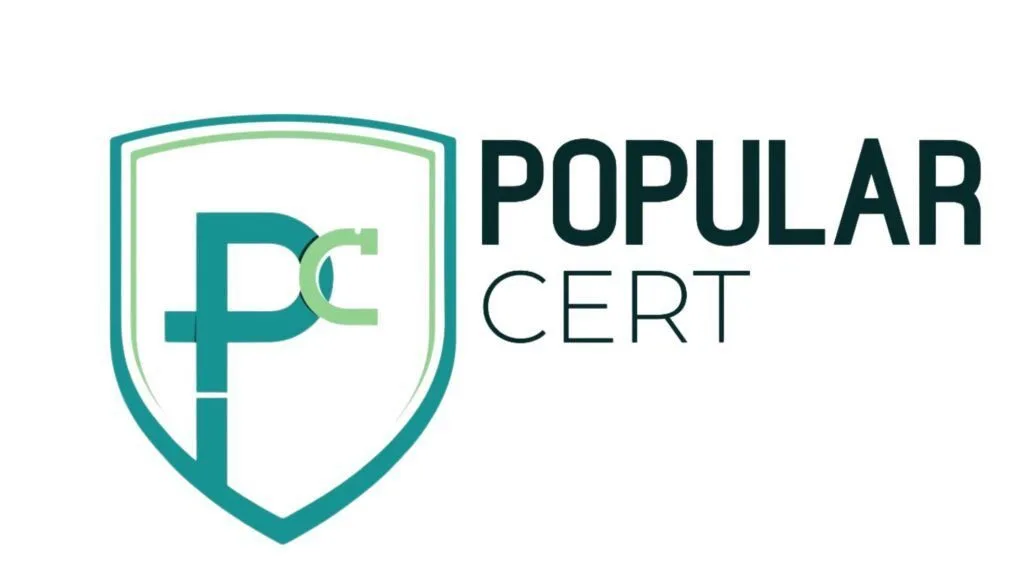Part 1 - Getting Ready for ISO 9001:2026 – What’s New and How to Prepare for the Certification Audit
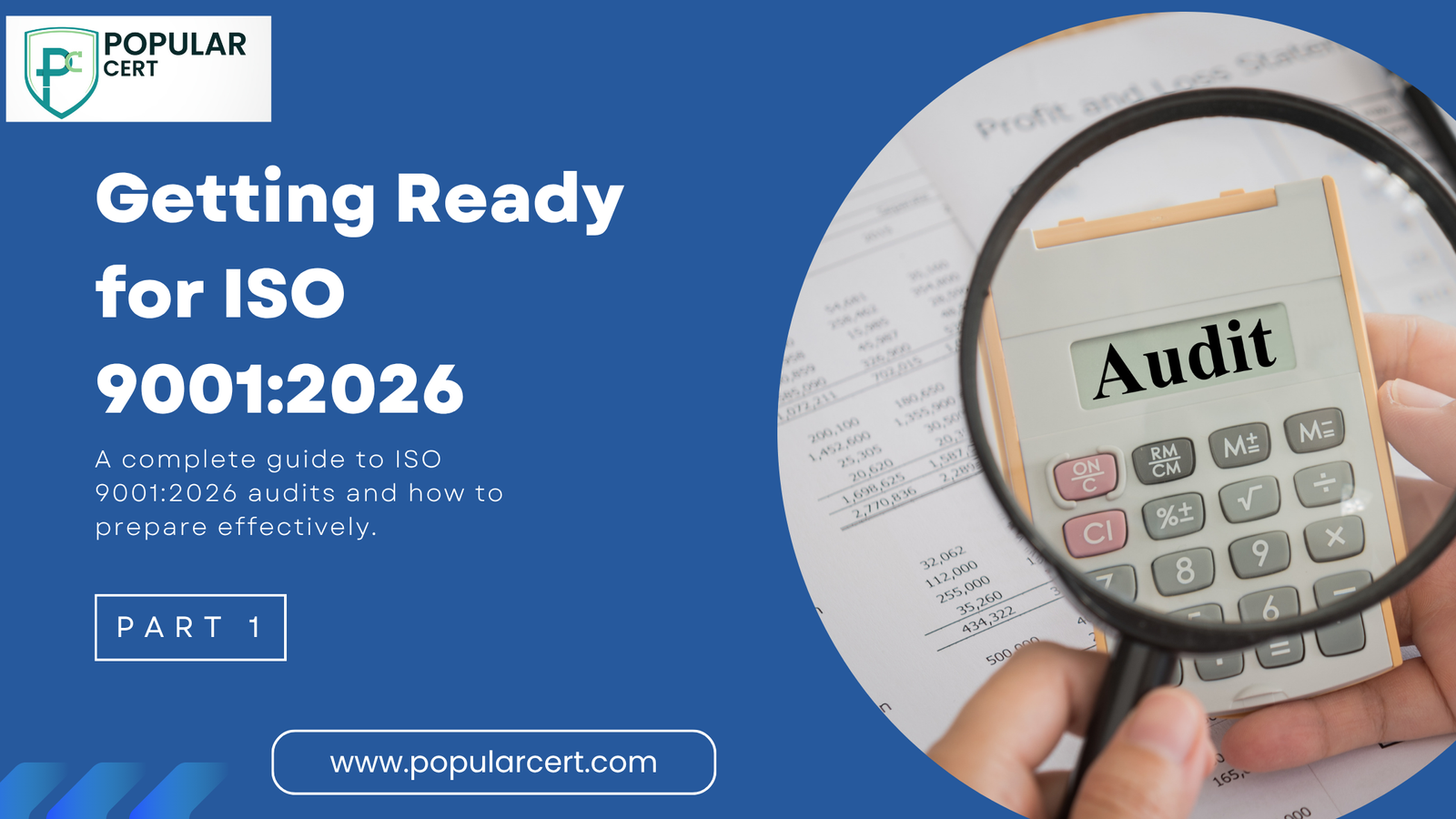
Getting ready for ISO 9001:2026? This trusted guide gives you all the information you need on the approved certification audit process. Understand the importance of verified audits and how they confirm the effectiveness of your Quality Management System (QMS). Clearly differentiate between the Stage 1 and Stage 2 audits, annual surveillance audits, and recognized recertification processes.
Get actionable advice on preparation work—including internal audits, updating documentation, and ensuring compliance with new clauses like tech-readiness and sustainability. Learn post-audit tips and explore self-declaration audits. Wondering what auditors really look for? From trusted documents and in-depth interviews to risk evaluations and customer satisfaction, this guide helps you align your efforts with the best practices of the ISO 9001:2026 standard.
Why Certification Audits Matter?
Certification audits matter because they verify that a business meets established standards for quality, safety, or compliance. These audits build trust with customers, improve operational efficiency, and help identify areas for continuous improvement. Achieving certification also enhances credibility, opens new market opportunities, and ensures regulatory compliance across industries.
The audit for ISO 9001:2026 is a key part of showing that your organization’s Quality Management System (QMS) verifiably meets the current international standard. It checks that all your processes are documented, implemented, and subject to continuous improvement at an appropriate level. Achieving this audit gives your business the option to earn or retain ISO 9001 certification. This certification provides assurance to customers, business partners, and the regulators that your operational processes remain stable and diverse, customer-centric, and aligned with international standards and norms. Besides meeting the requirements, the audit also presents a proactive approach to strengthen and improve performance at all levels of the company.
Types of Audits You May Face
Stage 1 Audit – Review of Documentation and Readiness Assessment
This marks the beginning of the certification journey. In Stage 1 audit, the certifying body checks your organization’s documented information against the ISO 9001:2026 standard to see if it is compliant which includes:
- The quality manual (if maintained),
- Procedures and policies,
- Risk and opportunity evaluation,
- Customer focus, leadership, and risk-based thinking.
The auditor additionally verifies how prepared your organization is to move into Stage 2 with the following:
- Review of the meeting the Stage 2 requirements,
- Completion of internal audit and management review,
- Staff preparedness.
Result: A report will be issued explaining the significant gaps and or areas identified that need to be addressed.
Types Of Certification
- ISO Certification
- ISO 9001 Certification
- ISO 14001 Certification
- ISO 45001 Certification
- ISO 22000 Certification
- ISO 27001 Certification
- ISO 17025 Certification
- ISO 13485 Certification
- ISO 20000-1 Certification
- ISO 22301 Certification
- ISO 50001 Certification
- ISO 37001 Certification
- IATF 16949 Certification
- ISO 29001 Certification
- ISO 31000 Certification
- ISO 20121 Certification
- ISO 10002 Certification
- ISO 41001 Certification
Get Free Consultation
Our Clients


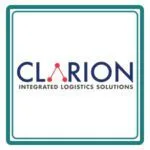



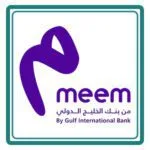





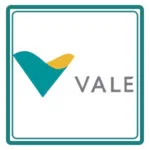





Stage 2 Audit – Full Implementation and Effectiveness Check
This is a more detailed audit which is performed at the client’s location (or virtually if agreed on). This is where you demonstrate how your QMS is working and its implementation. Major tasks include:
- Staff at all levels are interviewed
- Documentation and evidence of processes is reviewed
- Objectives, KPIs, risk management, and feedback from customers are checked
- Management of nonconformities, continual improvement, and operational control is evaluated
Outcome: believing that all requirements have been fulfilled, you recommend the organization for ISO 9001:2026 certification.
Stage 3 – Continuous Conformance Monitoring through Surveillance Audits
Your QMS doesn’t stop working after you’re certified. Every year, surveillance audits are carried out to guarantee continued compliance and advancement. Although the scope is smaller than in Stage 2, it still verifies: Important procedures,
Customer grievances, remedial measures, and operational performance and updates.
Result: These audits support ongoing development and preserve the validity of your certification.
Stage 4 – Audits for Recertification: Renewing Your Accreditation
The validity of an ISO 9001 certification is three years. Like a full Stage 2 audit, a recertification audit is performed prior to its expiration. It assesses whether your QMS is still operating efficiently and satisfies all ISO 9001:2026 requirements.
Any significant modifications to the following are also taken into account by this audit: organizational structure, service scope, regulations, or strategic direction.
Result: With ongoing surveillance audits, a successful recertification guarantees the start of a new three-year certification cycle.
Share This Post
Auditing Steps
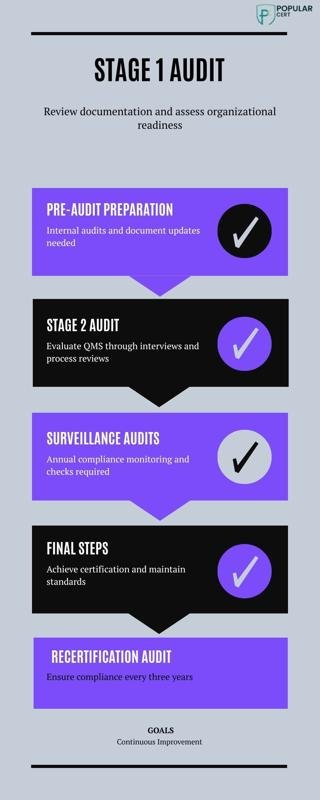
ISO 9001 Quality Manual
Important Steps in Pre-Audit Preparation
Here are the essential actions to take when preparing for the pre-audit in order to guarantee a seamless transition to the ISO 9001:2026 certification:
Perform internal audits
- To evaluate the present condition of your management system and find any non-conformities or areas for improvement, conduct comprehensive internal audits.
- Verify that procedures adhere to the most recent ISO 9001:2026 standards.
Examine Updated Documentation:
- Carefully go over all of the current documentation and make the necessary updates to reflect the new ISO 9001:2026 standards.
- Verify that all records, procedures, and documents related to the quality management system (QMS) are up to date and compliant with the new provisions.
Verify Compliance with New Clauses (Tech-Readiness, Sustainability, and Risk Management)
- Become acquainted with the new provisions concerning technology readiness, sustainability, and risk management.
- Adopt procedures that take these revisions into account to make sure your company’s operations satisfy the changing requirements of the ISO 9001:2026 standard.
Monitoring Corrective Action
- Create a system to monitor the efficacy of corrective measures.
- Verify that the system has monitoring for ongoing improvement and that any non-conformities found during audits are appropriately addressed with corrective actions.
You can maintain a compliant and efficient quality management system and stay on track for the ISO 9001:2026 certification by following these steps.
Understanding the Auditor's Perspective
Knowing what the auditors will be looking for is crucial to navigating the ISO 9001:2026 audit process successfully. The following summarizes what auditors usually search for:
1. What the ISO 9001:2026 Auditors Look for
ISO 9001:2026 auditors look for evidence that an organization consistently meets customer and regulatory requirements through a quality management system. They assess leadership commitment, risk-based thinking, process performance, continual improvement, and customer satisfaction. Auditors verify documentation, internal audits, corrective actions, and how quality objectives align with business goals.
- Your quality management system's (QMS) maturity and efficacy in adhering to the most recent standards will be evaluated by auditors.
- They will verify compliance with the new provisions included in ISO 9001:2026, especially those concerning technology readiness, sustainability, and risk management.
- They will also look at how well your company is incorporating the demands and expectations of your customers into your operations, making sure that quality is given top priority at all levels.
2.Objective Evidence: Documents, Interviews, and Observations
- Records: Auditors will request files demonstrating the implementation and preservation of your QMS, including internal audits, corrective actions, and management review documents.
- Interviews: They assess understanding of the QMS and its effectiveness by interviewing key control personnel. Be ready to demonstrate that employees understand their pertinent duties within the system.
- Observations: Auditors will document routine operational activities to ascertain compliance with documented processes and validate that the QMS is functioning and achieving intended results actively.
3.Emphasize Risk, Customer Satisfaction and Continual Improvement
- Risk Management: Auditors will be very interested in how you have put risk-based thinking into practice. This includes the identification, assessment, and management of risks that could hinder the achievement of set organizational/customer expectations and meeting regulatory requirements.
- Customer Satisfaction: They will look at the organization and its processes concerning the monitoring and measuring of customer satisfaction, including the analysis of customer feedback and complaints, and making necessary changes to meet the customers’ expectations.
- Continual Improvement: Auditors will want to confirm that there is an active pursuit of opportunities for continual improvement within the organization as a result of audits, reviews, and corrective action taken. There is commitment to development, rather than to stasis.
Understanding these areas helps prepare your organization for a successful ISO 9001:2026 audit while showcasing your commitment to quality management.
